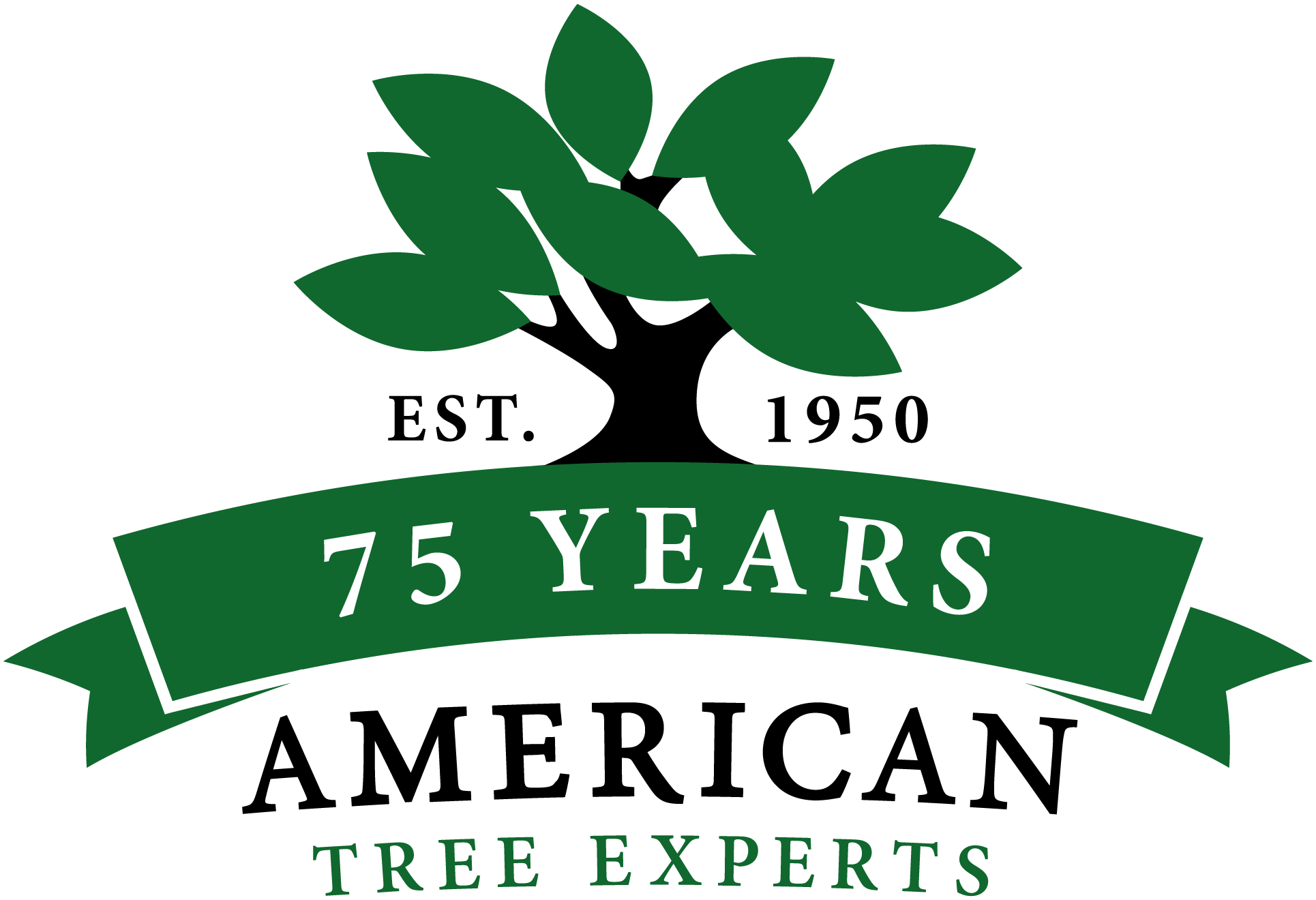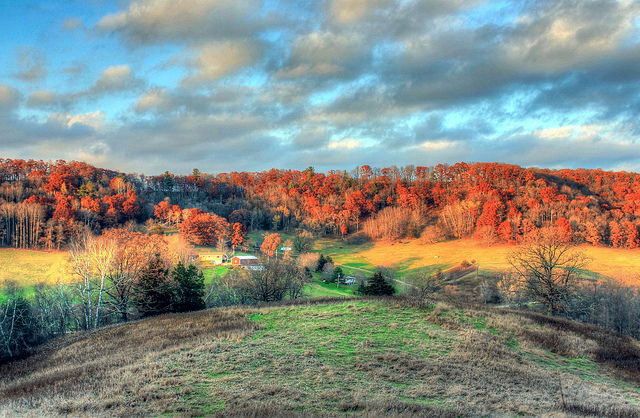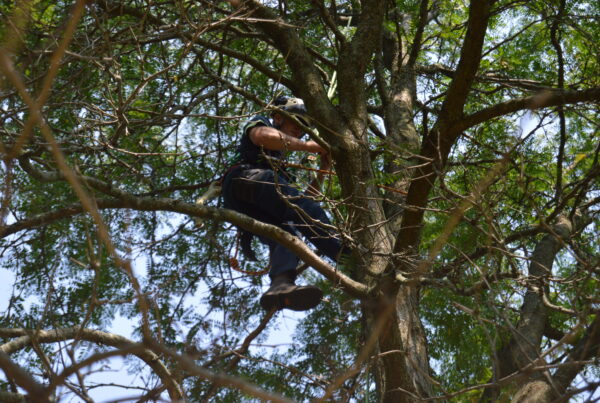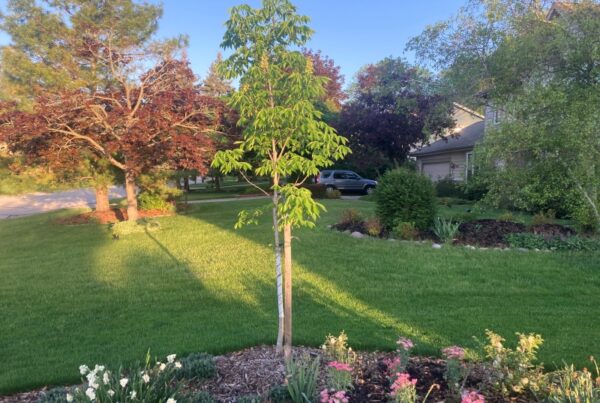“Love the trees until their leaves fall off, then encourage them to try again next year.” – Musician/Author Chad Sugg
Chad Sugg has the right idea of why we should admire trees, especially in the fall. But strengthening a tree’s health involves much more than simply loving it. Trees need winter protection and care, even in the winter months. Once the leaves drop, arborists and homeowners have optimal views to check for damage or disease. The fall season offers a clearer look at the bark and branches to determine signs of plant stress.
So, what should you be doing and looking for to protect trees during the winter months?
- Buck rub scars trees
- Young, small trees – especially those one to three inches in diameter – need protection from dominant bucks staking their territory in late fall. When bucks rub their antlers against a tree, it scrapes the surface and cuts off the source of water and nutrients that extend from the roots to the leaves. If this important process is interrupted, the tree will eventually die. Before the deer begin causing problems, it’s recommended that homeowners place plastic wraps on their trees or build a wire mesh fence around young trees on their property. Securing the fence with wood or metal stakes, zip ties or twine can help keep it in place.
- Rough winters in Southeast Wisconsin can cause hazardous winter burn to evergreens
- To curb the issue, make sure evergreens get plenty of water before the ground freezes. Winter burn occurs during colder weather, turning leaf tissue brown, so wrap evergreens with burlap. Make sure there’s a protective layer of mulch around them to conserve their water intake. Once roots freeze, there’s no way to replenish water loss.
- Fall fertilizing
- Fertilizer is a great way to promote healthy growth and resistance to insects and disease. It’s a good idea to fertilize trees in fall when trees roots are most active. Remember any fertilizer should promote root and shoot growth for the future, because in the winter months, not much more will be absorbed by the tree.
- Remove diseased foliage to prevent disease next Spring
- Widespread foliar diseases really took off this year because of a wet spring. Apple scab was among the diseases that were prevalent and difficult to control. It is a good idea to rake up diseased leaves and burn or dispose of them before winter. If left on site, it can act as a source of infection the following year. Keep plants prone to disease healthy by using a combination of tree care practices. This includes applying fungicides at appropriate times and proper pruning.
- Tree Structure
- Trees in the home landscape require great care to preserve their structural integrity. That means the person conducting the pruning should be knowledgeable about tree biology. After the leaves have fallen, it becomes much easier for an arborist to view the overall tree structure and determine structural pruning needs. A tree that is not pruned correctly will not be able to reverse the damage and it could shorten the tree’s life.
Remember, when in doubt, a professional arborist can provide proper guidance on maintaining the health and wellbeing of your trees year-round. Contact American Tree Experts for a consultation.




